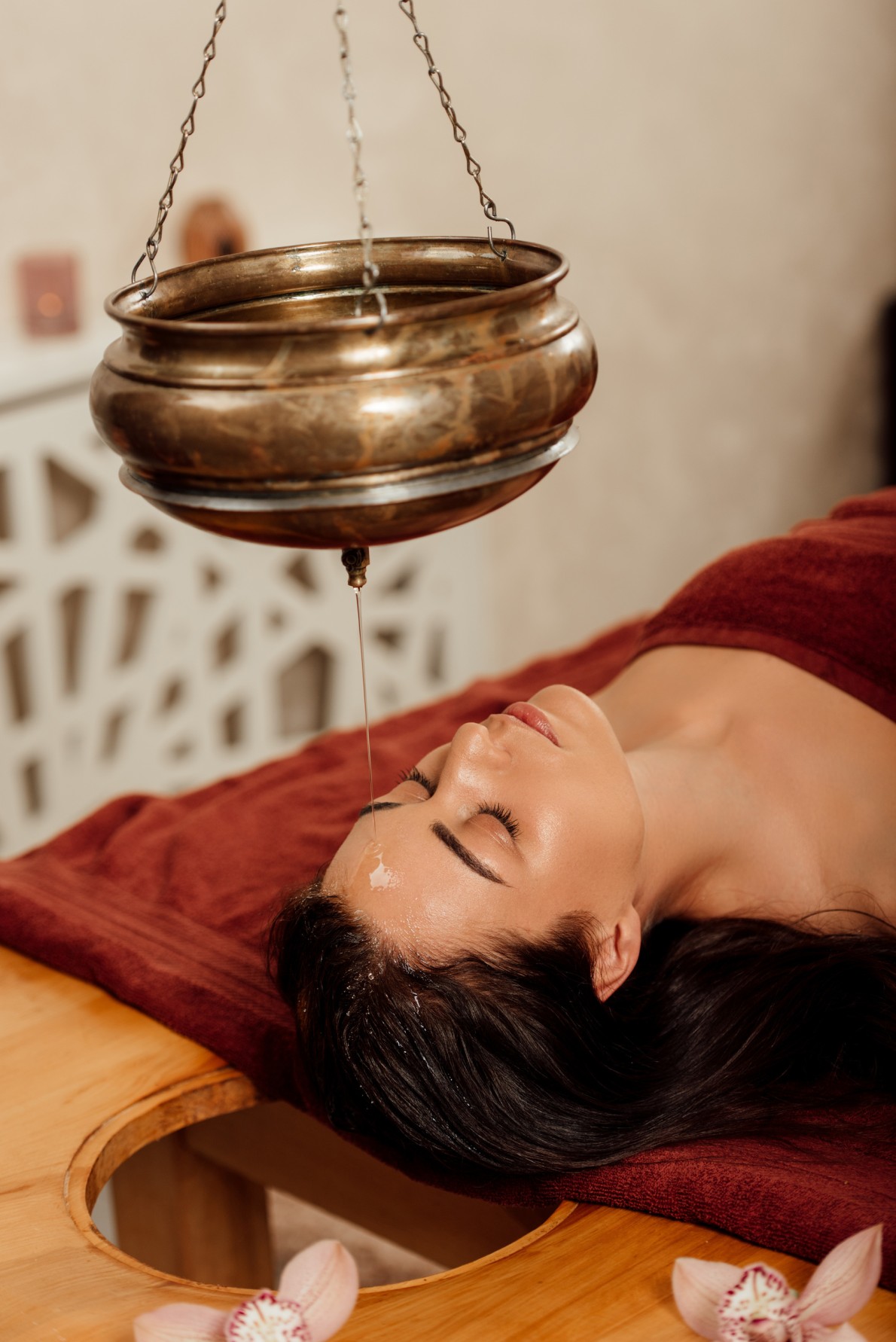
Bird Sighting & Photography


10 Nights / 11 Days
For a small island, Sri Lanka has a rich bird fauna, and many passionate bird lovers rank Sri Lanka among their favorite destinations. 426 bird species have been seen in Sri Lanka, and 33 of these are endemic to Sri Lanka, that is, found nowhere else (this number may soon be revised upwards based on a new taxonomic study).
Between October and April, many migrants visit the isle, traveling as far away as Siberia. Another noteworthy feature of Sri Lanka ‘s avifauna is the presence of mixed species flocks, which makes watching birds both easy and interesting since one can carefully study the interactions between different species.
DAY 1
Welcome to Sri Lanka & Sinharaja Rainforest
On arrival in Bandaranaike International Airport Sri Lanka meet and greet by our representative and drive to the country’s last viable area of primary tropical rainforest. After approximately 03 hours’ drive check-in to your hotel.
After lunch at a restaurant outside and commence your bird watching expedition in a bordering village of Sinharaja Rain Forest. Possible noteworthy to see Munias, Flower peckkers, sunbirds, fly catchers, Mynas, Babblers, Monarchs, Wabblers, Prinias, Bul Buls, Wagtails, Drongos, Orioles, Leafbirds, Woodpeckers, barbets, Nuthatchs, Hornbills, Blue Magpie, Owls and Coucals
Overnight stay at your selected hotel.
DAY 2
Sinharaja Rain Forest
Early breakfast at the hotel with a packeted lunch full day bird watching in Sinharaja Rain Forest in search for birds.
Possible noteworthy that can be sighted are Crested Goshawk, Besra Sparrowhawk, Rufous-bellied eagle, Crested serpent eagle, Black eagle, Mountain hawk-eagle, Ceylon spur fowl, Ceylon jungle fowl, Ceylon wood pigeon, Red-faced malkoha, Green-billed coucal, Chestnut-winged cuckoo, Serendib scops-owl, Chestnut-backed owlet, Ceylon frog mouth, Malabar trogon, Yellow-browed bulbul, Himalayan black bulbul, Spot-winged ground thrush, Ceylon scaly thrush, Ceylon rufous babbler, Ashy-headed laughing thrush, Asian paradise flycatcher, Ceylon blue magpie, White-faced starling, Ceylon hill-myna.
Overnight stay at the selected hotel.
DAY 3
Sinharaja Rain Forest & Udawalawe National Park
Morning undertakes a village walk by the border of Sinharaja Rain Forest to see birds such as Munias, Flower peckers, sunbirds, fly catchers, Mynas, Babblers, Monarchs, Wabblers, Prinias, Bul Buls, Wagtails, Drongos, Orioles, Leafbirds, Woodpeckers, barbets, Pigeons, Nuthatchs, Hornbills, Blue Magpie, Owls and Coucals.
After a late lunch at hotel check-out and proceed to Udawalawe. – Drive time approx. 3 hours.
On arrival check-in to your hotel for a overnight stay.
DAY 4
Udawalawe & Debara Wewa bird sanctuaries
Do a morning safari at Udawalawe National Park. Udawalawa Reservoir has been an eminent land area to watch water birds and endemic species.
possible noteworthy species: Spot-billed pelican, Oriental darter, Cormorants, Lesser adjutant, Montagu’s harrier, Pied harrier, Crested hawk-eagle, White-bellied sea-eagle, Grey-headed fish-eagle, Barred button quail, Ceylon & orange-breasted green-pigeon, Plum-headed parakeet, Blue-faced malkoha, Sirkeer malkoha, Malabar pied hornbill, Prinias.
Proceed to Tissamaharama and in the late afternoon visit Debara wewa Lake area to sight birds. Experience an unseen ecosystem beyond a man-made haven, with dense woodlands, crystal clear waterways alongside the lake to enjoy the scenery, the biodiversity in the form budding life; both flora and fauna. Arm yourself with a set of binoculars, as you spot Black-headed ibis, Crested Serpents, Eagles, Rosy Starlings, Large Egrets and Red-wattled Lapwings. Overnight stay at the selected hotel.
DAY 5
Bundala National Park - Wintering ground for migratory water birds
After breakfast with a packed lunch full day Bird safari at Bundala National Park. Bundala National Park is an internationally important wintering ground for migratory water birds. The biodiversity of this park is immense: A total of 383 plant species have been recorded from the park, including 6 endemics and 7 species that are considered nationally threatened. It is also home to 32 different species of mammal, 5 of which are classified as threatened.
The birdlife is also diverse. For keen birdwatchers, the complex wetland system harbours a rich bird life (approximately 197 species), including several species of migratory waterfowl. This has led to the declaration of the park as Sri Lanka’s first ‘Ramsar’ wetland – one of great international importance especially for migratory waterfowl.
Bird species found in Bundala National Park include bee-eaters, storks, ibis, hornbills, spoonbills, sandpipers, kingfishers, and several eagles including the white-bellied sea eagle and crested serpent-eagle. Further, the park is known for its migratory birds, with over 50 different migrant species visiting the park every year. Greater flamingoes previously migrated to Bundala National Park in their thousands, but in recent years these numbers have decreased dramatically. Overnight stay at the selected hotel.
DAY 6
Lunugamvehera National Park -YALA BLOCK V
For the zealous birdwatcher, Yala National Park is an absolute must visit when in Sri Lanka. Yala National Park is 978.807 km2 hotspot of biodiversity, with hundreds of flora and fauna species claiming it as their home.
Early morning with a packed breakfast visit Yala National Park Weheragala Block “V” entrance. It is also known as Lunugamvehera National Park – an interesting and attractive place to look for birds & wildlife. In the afternoon visit YALA National Park through Katagamuwa Entrance. The reservoir and other water bodies in the park welcome thousands of water birds; nearly 200 species, both endemic and migratory, who have made it a popular nesting and breeding ground.
DAY 7
Yala National Park
Full day safari at Yala National Park through Palatupana Entrance. Yala is also one of the 70 ‘Important Bird Areas’ in Sri Lanka, and for good reason. About 215 bird species reside or visit the park, of which seven are endemic to Sri Lanka: the Sri Lankan grey hornbill (Ocyceros gingalensis), black-capped bulbul (Pycnonotus melanicterus), Sri Lanka junglefowl (Gallus lafayettii), crimson-fronted barbet (Psilopogon rubricapillus), blue-tailed bee-eater (Merops philippinus), Sri Lanka wood pigeon (Columba torringtoniae), and last but not least, the brown-capped babbler (Pellorneum fuscocapillus).
During the northeast monsoon, thousands of waterfowl species visit Yala’s lagoons, including northern pintails (Anas acuta), Eurasian curlews (Numenius arquata), and ruddy turnstones (Arenaria interpres), making for a fascinating sighting!
DAY 8
Nuwara Eliya Victoria Park
After Breakfast drive to Nuwara Eliya – 4 hours’ drive approximately. Lunch at a restaurant in Nuwara Eliya and on move to your hotel.
In the afternoon, go birding in Victoria Park for highland species and endemics such as yellow-eared bulbul, Sri Lanka white-eye, velvet nuthatch and pied thrush. Migratory species such as Indian pita, Kashmir flycatcher and forest wagtail are also seen here during the winter months. Overnight stay at your Hotel in Nuwara Eliya.
DAY 9
Horton Plains National Park
Visit Horton Plains National Park at 5 AM with a packed breakfast.
Horton Plains is Sri Lanka’s highest elevated national park and comprises cloud forests and open grassland.
Possible noteworthy species: Ceylon wood pigeon, Yellow-eared bulbul, Pied bush chat, Ceylon scaly thrush, Ceylon whistling thrush, Common blackbird, Sri Lanka bush-warbler, Grey-headed canary, Kashmir & Dusky blue flycatcher, Velvet-fronted nuthatch, Ceylon white-eye
Overnight stay at your Hotel in Nuwara Eliya.
DAY 10
Kithulgala
Breakfast at the hotel and then Transfer to Kitulgala – 2 ½ hours’ drive.
Afternoon Bird watching in Makandawa – Kithulgala. Makandawa Forest Reserve was established as a forest reserve to protect the watershed of Kelani River. It is home to many endemic flora and fauna. The forest is secondary lowland rainforest on the lower slope with the forest extending up to the higher elevations, contiguous with the Peak Wilderness Sanctuary. Makandawa forest reserve has several waterfalls such as Makulella falls and Lenthiriella falls to explore.
Possible noteworthy species you may come across: Serendib scops-owl, Chestnut-backed owlet, Brown hawk-owl, Ceylon frog mouth, Yellow-fronted barbet, black-naped monarch or black-naped blue flycatcher (Hypothymis azurea), Black-capped bulbul, Dark-fronted babbler, Ceylon rufous babbler, Black-throated munia, Ceylon hill-myna, black-hooded oriole.
DAY 11
Kithulgala to Colombo
With an early breakfast explore Kithulgala Village prehistoric cave area to see birds such as Munias, Flower peckkers, sunbirds, fly catchers, Mynas, Babblers, Monarchs, Wabblers, Prinias, Bul Buls, Wagtails, Drongos, Orioles, Leafbirds, Woodpeckers, barbets, Pigeons, Nuthatchs, Hornbills and Coucals.
Transfer to Colombo – Approx 2hrs 45mnts drive. Overnight stay at your hotel in Colombo.
DAY 12
Departure Sri Lanka
After breakfast transfer to Colombo International Airport for your departure
- Accommodation in a Standard A/C room on Full Board Basis
- Packeted working Breakfast, lunch/Snack would be organized on days out in a national parks.
- Private vehicle transport with Driver, 01 Guide/ Experienced Birding Naturalist
- Entrance fees to National Parks listed in the program
- Hire of Jeeps for travel into National Parks.
- Extras and all personal expenses
- Video Camera and Still Camera permits at all locations.
- Tips and Porterage.
- Any other services not specified above.
Migratory season commences in October and ends in April. There are 3 flying routes across India along which immigrant birds come to Sri Lanka. These are – the western route, the eastern route and the Andaman Island route.
For your convenience:
Bring rain covers for you and your equipment, baggage etc. Rain can occur at specially in Rain Forest areas like Sinharaja and Kitulgala.
There are leeches especially in Rain Forest areas. If you have your own leach-socks or leach-stockings, please bring them.
Suggest you bring sun protection cream / Sun Block / Sun Cream and insect repellents? These are hard to find in local shops.
Customization is possible as per your needs.



















